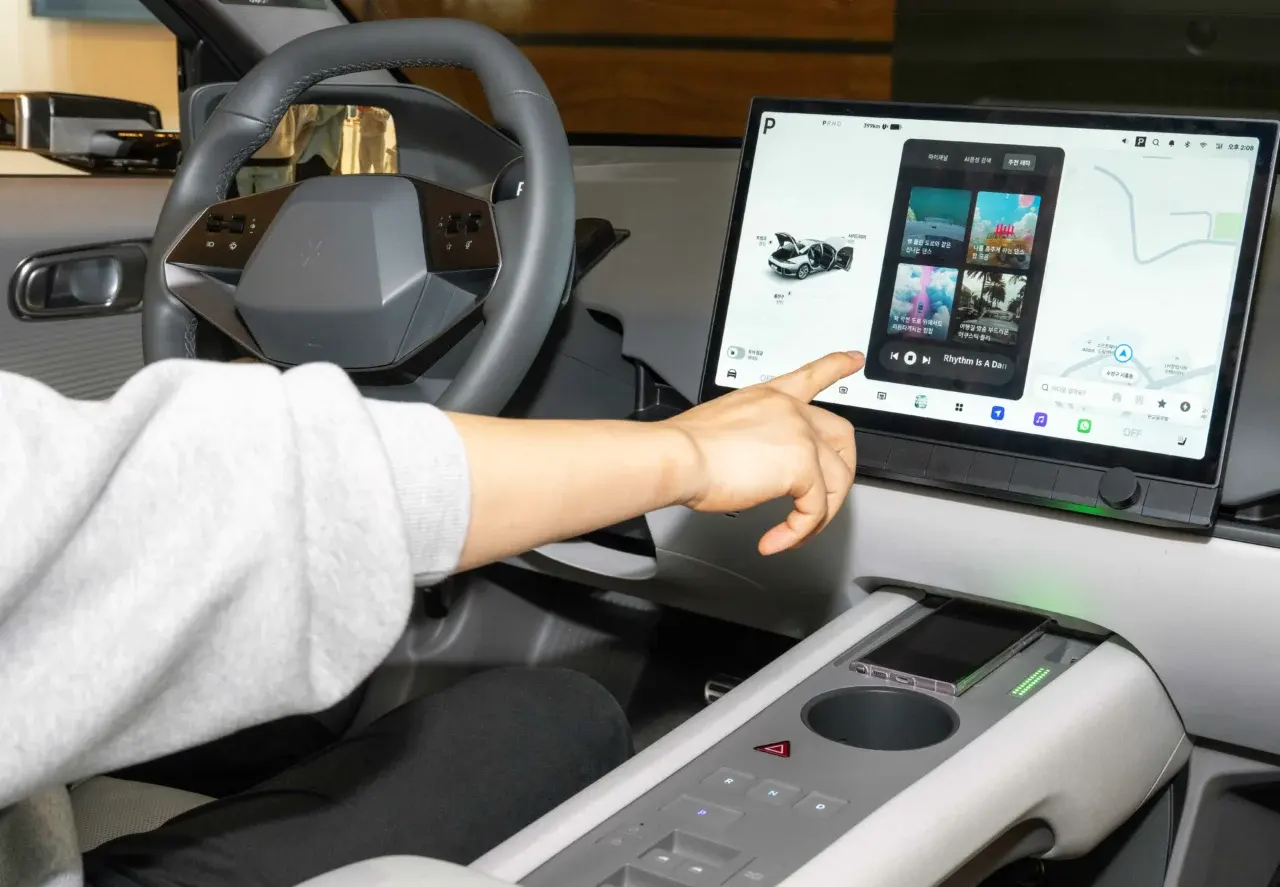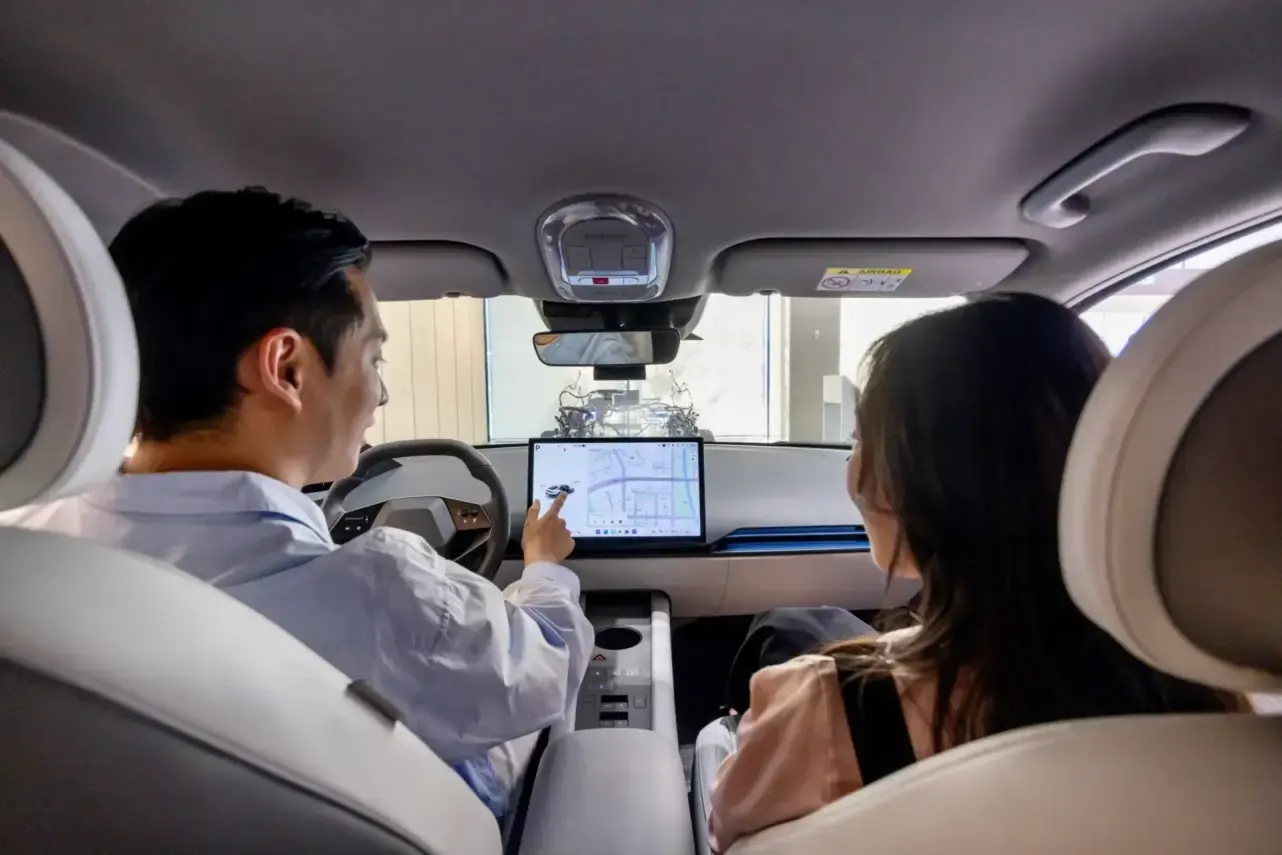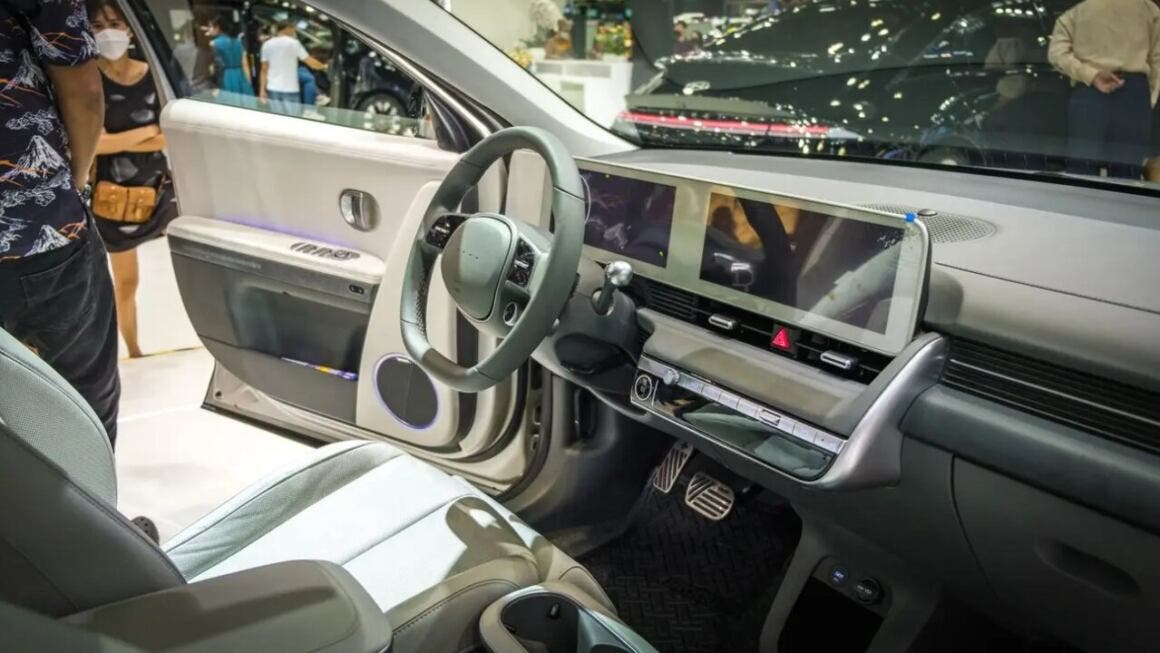Hyundai is preparing to redefine the in-car digital experience with the launch of Pleos Connect, an innovative new platform that represents a major leap in the automaker’s tech strategy.
This isn’t just a simple upgrade to the infotainment system. Pleos Connect combines media, vehicle control software, and app development tools into one unified, intelligent ecosystem. Set to debut in 2026, the platform will make its first appearance in two of Hyundai’s most popular models: the next-generation Hyundai Elantra (known also as the i30 sedan in other markets) and the upcoming Tucson SUV.

According to South Korean outlet ET News, Hyundai has bold ambitions for this tech. In fact, the company plans to install Pleos Connect in over 20 million vehicles by 2030. The concept is simple but powerful: a flexible, advanced system that turns the dashboard into something that feels more like a smartphone on wheels. It will support multitasking across multiple windows, enable simultaneous app usage, and feature Gleo, a new AI-based voice assistant designed to understand natural speech with high accuracy.
What’s even more striking is the design philosophy behind it. The centerpiece is a wide, horizontal touchscreen reminiscent of Tesla’s interior layouts, consolidating most functions into a single interface. Early design sketches show only two physical knobs (for volume and tuning), hinting that many traditional controls may be integrated into the steering wheel—or removed entirely.

Hyundai confirms that a dedicated digital gauge cluster will still be present, in contrast to the increasingly minimalist approach of other automakers. Pleos Connect is going to show the Hyundai’s bold vision for the relationship between driver, vehicle, and technology. It’s a glimpse into the next generation of human-machine interaction. With global rollout planned for the latter half of the decade, it won’t be long before United States drivers get to experience this smart surprising cockpit.
